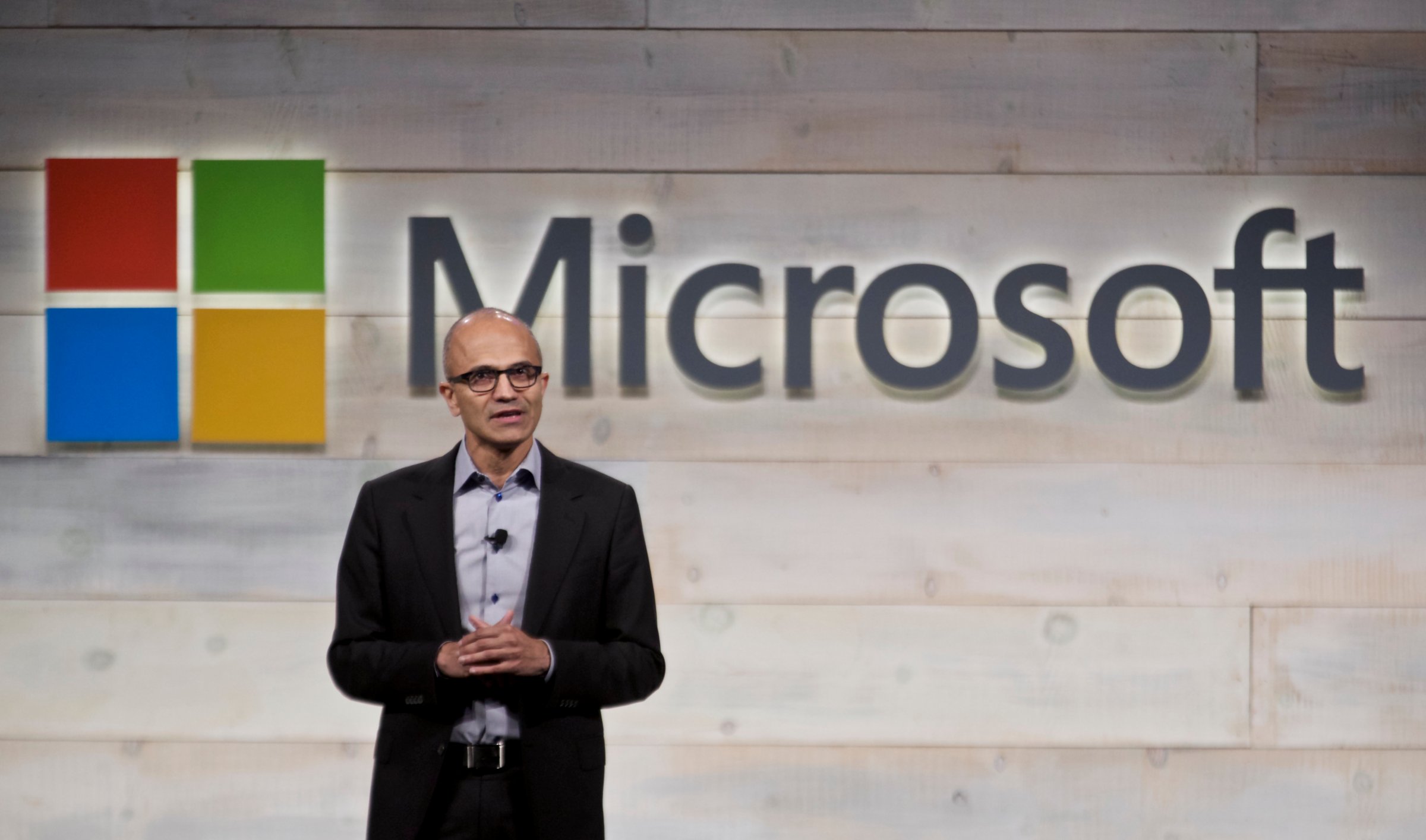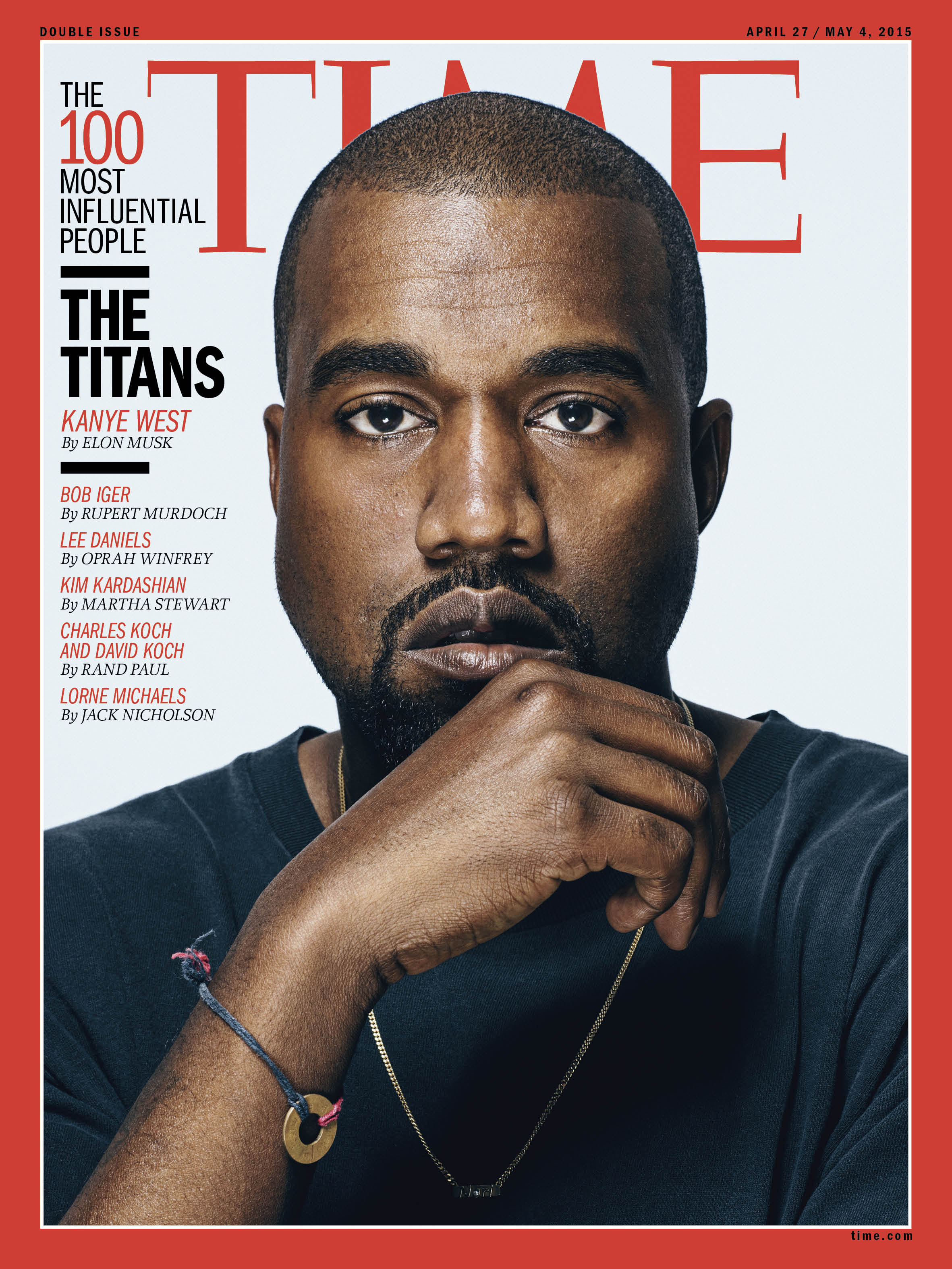
One of the first books Satya Nadella recommended to his staff after taking the top job at Microsoft was Nonviolent Communication, an unconventional choice for a company where aggressive communicators thrived. Bill Gates famously upbraided staff with the phrase, “That’s the stupidest idea I’ve ever heard,” plus one expletive unprintable in a family publication. His successor Steve Ballmer was one of the few executives who could give it right back to Microsoft’s formidable founder, according to co-founder Paul Allen, who offered a frank account of the pair’s nose-to-nose shouting matches in his autobiography.
Nadella has taken a calmer approach to leading Microsoft. A trim, 47-year-old who, according to Forbes, is occasionally mistaken for a vegetarian, Nadella came to the U.S. as a young electrical engineering graduate from Hyderabad, India. He racked up master’s degrees in computer science and business administration before joining Microsoft in 1992. Nadella distinguished himself as the leader of Microsoft’s cloud services unit, which has consistently stood out in Microsoft’s earnings reports with triple-digit growth. In February 2014, Nadella succeeded Ballmer as Microsoft’s third Chief Executive Officer in the company’s history.
This year, Nadella finds himself on the TIME 100, the magazine’s annual list of the 100 most influential people in the world. Joining the likes of Apple’s Tim Cook and Theranos’s Elizabeth Holmes and YouTube’s Susan Wojcicki as one of the tech leaders changing our world
“Satya is basically the star of one of those teen movies where the parents go out of town and the kid takes control of the place. And it’s been great,” says Aaron Levie, the CEO of cloud-commuting company Box.
(Read more: See the full list here)
In a memo Nadella wrote six months after he took over Bill Gates’s old job, he told Microsoft employees, “We must rediscover our soul,” . That’s easier said than done for the new CEO of an $87 billion enterprise that seems to want a hand in every facet of the tech world. What exactly is the unifying purpose of a company that churns out operating systems, software, search engines, games, cell phones, tablets, database and cloud services and for all we know has a business unit toiling away at a kitchen sink?
Enter Nadella’s rallying cry, “cloud first, mobile first,” a mantra he’s chanted in virtually every memo and at every public appearance. It’s hard to appreciate just how radical a philosophy that is for the chief executive of Microsoft until you consider what comes second to the cloud and the mobile.
Software has always been Microsoft’s cash cow. Licensing fees, chiefly from sales of Windows and Office products, account for roughly two-thirds of the company’s revenue. In the past year, Nadella has taken a battering ram to Microsoft’s paywall. The first blow came with a free giveaway of mobile versions of Microsoft’s lucrative Office software suite. In late 2014, Word, Excel and Powerpoint suddenly cropped up as standalone apps for iPhone, iPad and Android users. Users downloaded the free Office apps 80 million times over. The second hit came this past January, when Microsoft announced the upcoming version of its Windows operating system, long the company’s crown jewel, would be free for one year to all current Windows users running versions 7 and up. Even pirates who had downloaded bootlegged copies of the software would be eligible for the upgrade, no charge.
Nadella’s plan involves a strategic gambit to win back users first and charge them for premium services later. “Usage, usage, usage,” Nadella said in a CNBC interview. “Wherever we are seeing something getting used, that to us is an early indicator that there might be something that people want. And then let’s figure out how to make that great. And then let’s go figure out monetization.”
But Nadella isn’t just in it for the users. At a January press event at Microsoft’s Redmond, Washington headquarters, he stunned the room by unveiling the HoloLens, an augmented reality headset that adds computerized images to the wearer’s physical environment. It was hard to tell which was more shocking: The HoloLens itself or that such an innovative device was coming from Microsoft, long written off by some observers as past its prime. Overnight, the tech blogs started asking if Microsoft was cool again.
Nadella probably doesn’t hate headlines like those. Still, he can’t coast on “cool” alone. At some point, Microsoft’s new users will have to be turned into paying customers — before Microsoft’s moves to abandon reliable revenue streams in an uncertain quest for future growth make investors too jittery. For now, however, stockholders are being patient with the new guy: Microsoft’s stock is up about 12% since Nadella first became CEO. That’s not a bad start. But Nadella’s true test will come later this year, when the release of Windows 10 will offer the first major stress test for his strategy.
See the New TIME 100 Covers





More Must-Reads from TIME
- Cybersecurity Experts Are Sounding the Alarm on DOGE
- Meet the 2025 Women of the Year
- The Harsh Truth About Disability Inclusion
- Why Do More Young Adults Have Cancer?
- Colman Domingo Leads With Radical Love
- How to Get Better at Doing Things Alone
- Michelle Zauner Stares Down the Darkness
Contact us at letters@time.com